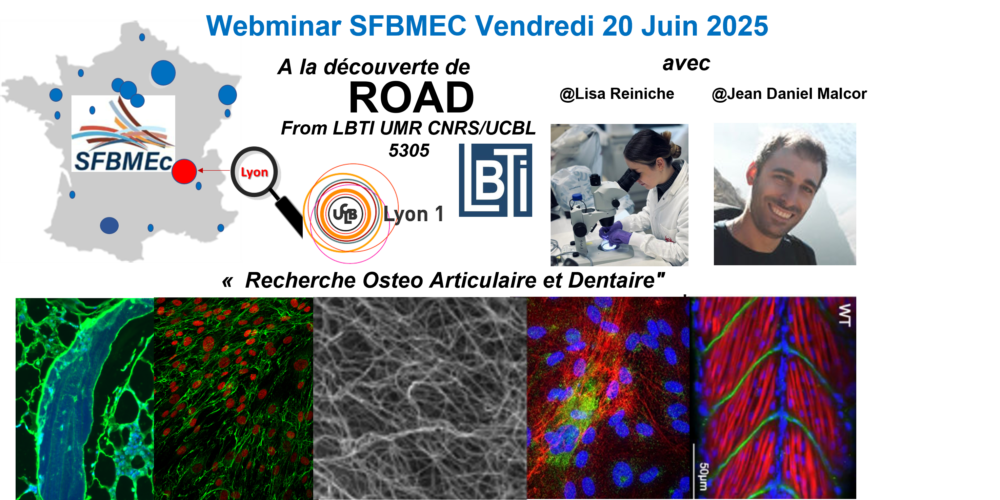Inflammation: directions from the matrix
Liliana Schaefer
There is growing evidence that small leucine-rich proteoglycans (SLRPs, e.g. biglycan and decorin) of the ECM, commonly thought to function exclusively as structural elements, act as signaling molecules. The identification of SLRP as endogenous ligands of Toll-like receptors (TLRs) provides a new concept how an inflammatory response is triggered by tissue stress and injury.
In Lupus Nephritis (LN), a prototypical autoimmune disease of the kidney, soluble biglycan triggers the expression of the B cell chemoattractant CXCL13 by signaling through TLR2 and TLR4 in interstitial macrophages and dendritic cells. Elevated tissue levels of CXCL13 subsequently lead to the recruitment of CXCR5-positive B cells (preferentially the B1 subset) to the kidney. Furthermore, biglycan induces the synthesis of RANTES, MCP-1, and MIP-1 in macrophages, thereby attracting T cells and additional macrophages. Thus, by bridging the innate and adaptive immune systems endogenous soluble biglycan enhances the inflammatory response reaction and thereby aggravates the course of LN and other B cell-mediated inflammatory disorders as well (e. g. acute renal allograft rejection).
The mechanisms linking immunity and inflammation with tumor development are not well understood. We could show that the soluble form of decorin controls inflammation and tumor growth via PDCD4 (programmed cell death protein 4) and miR-21 by a dual signaling mechanism. First, decorin acts as an endogenous ligand of TLR2/4 and stimulates the synthesis of proinflammatory PDCD4, TNFα, and IL-12 in macrophages. Second, decorin prevents the translational repression of PDCD4 by attenuating the activity of TGFβ1 and the expression of oncogenic miR-21, a translational inhibitor of PDCD4. Moreover, enhanced PDCD4 downregulates anti-inflammatory IL-10, thereby further driving the cytokine profile towards a proinflammatory phenotype. Importantly, these mechanisms appear to operate in a broad biological context linking pathogen-mediated with sterile inflammation, as shown here for sepsis and growth retardation of established tumor xenografts. In sepsis, decorin is an early response gene evoked by septic inflammation and is markedly elevated in plasma of septic patients and mice. In cancer, decorin-mediated inhibition of TGFβ1, oncogene miR-21 and IL-10 along with stimulation of PDCD4, TNFα, and IL-12 shifts the immune response to a more proinflammatory state, which inhibits tumor growth and therefore might be attractive as a novel antitumorigenic strategy.
